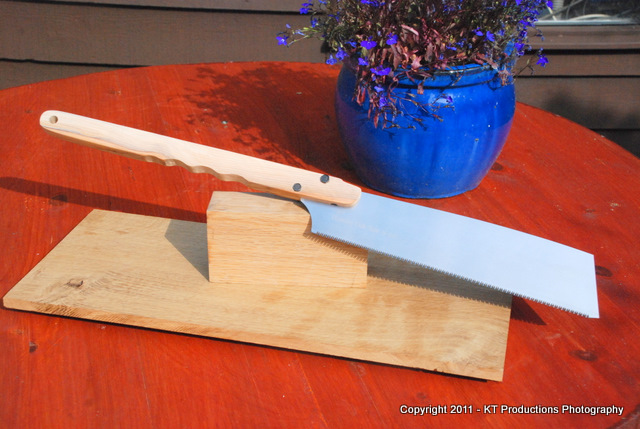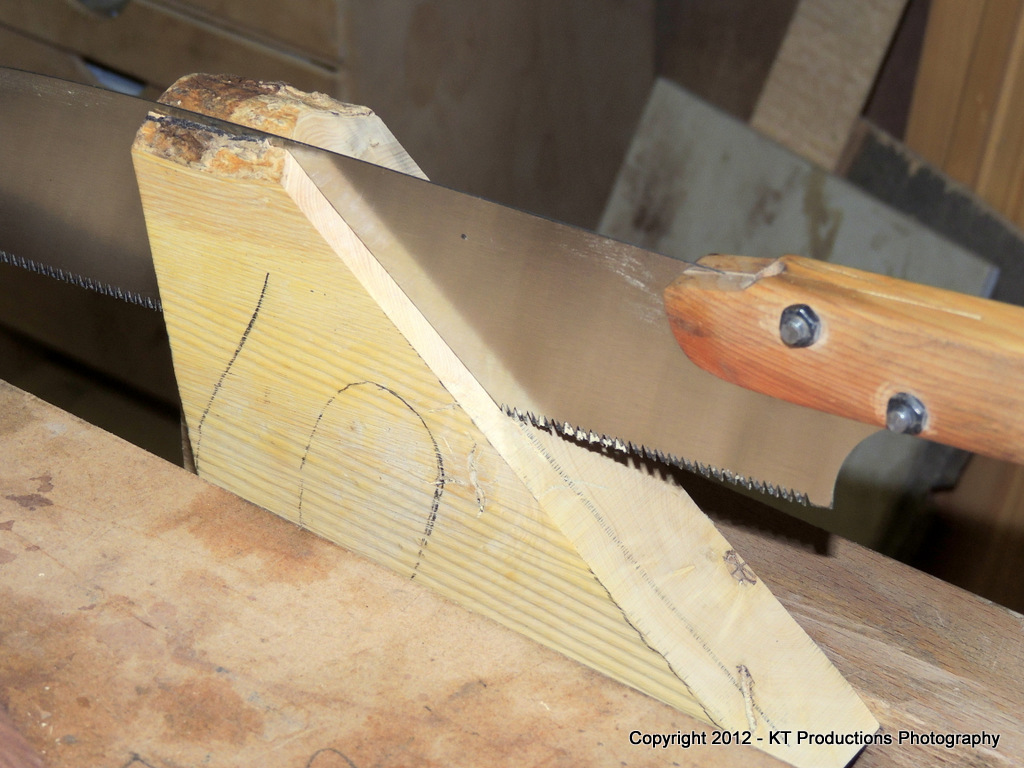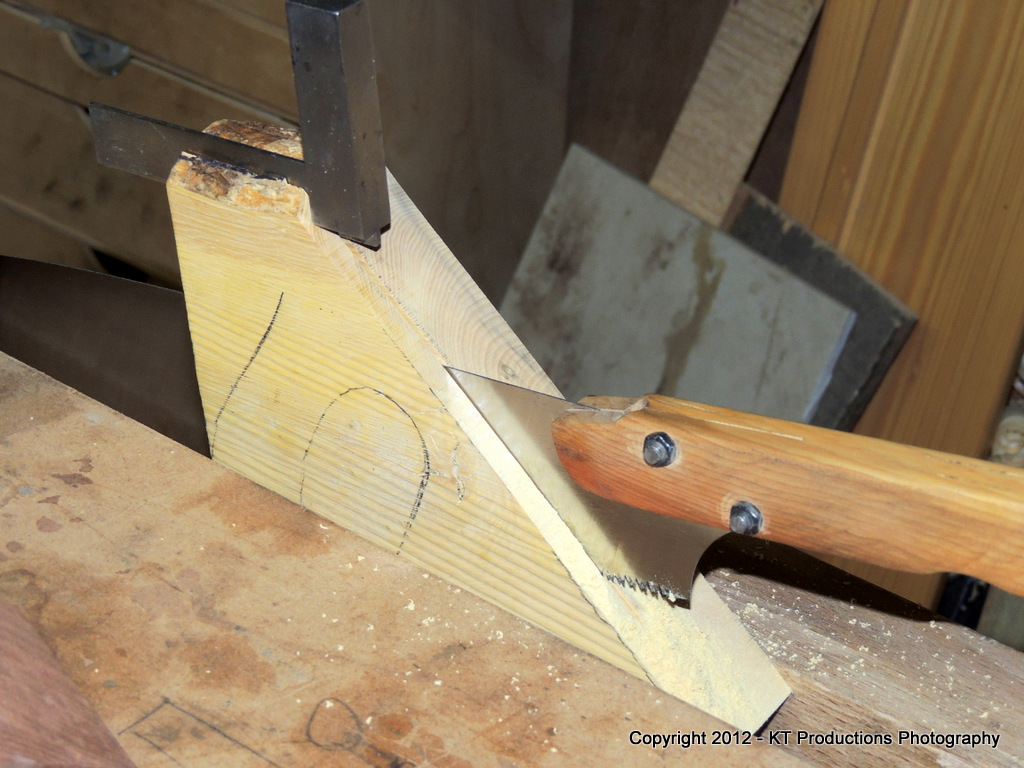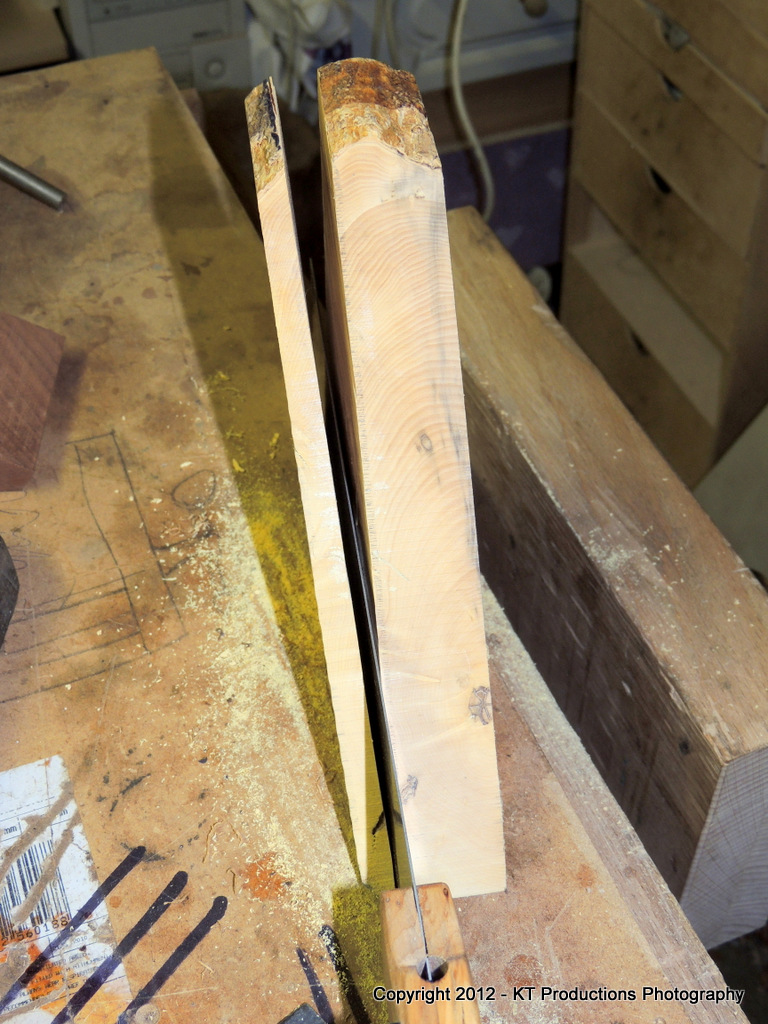This question is a two parter.
I'm currently planning on purchasing 14tpi dovetail saw from Veritas to get into some hand-made box making.
However Rutlands just emailed me regarding this offer on japanese saws.
I am just wondering:
1) What are the benefits of Japanese saws against western saws (both in general and for my specific purposes of dovetail cutting)
2) Are the ones offered by Rutlands good? Or should I aim for some others?
Thanks folks.
I'm currently planning on purchasing 14tpi dovetail saw from Veritas to get into some hand-made box making.
However Rutlands just emailed me regarding this offer on japanese saws.
I am just wondering:
1) What are the benefits of Japanese saws against western saws (both in general and for my specific purposes of dovetail cutting)
2) Are the ones offered by Rutlands good? Or should I aim for some others?
Thanks folks.








